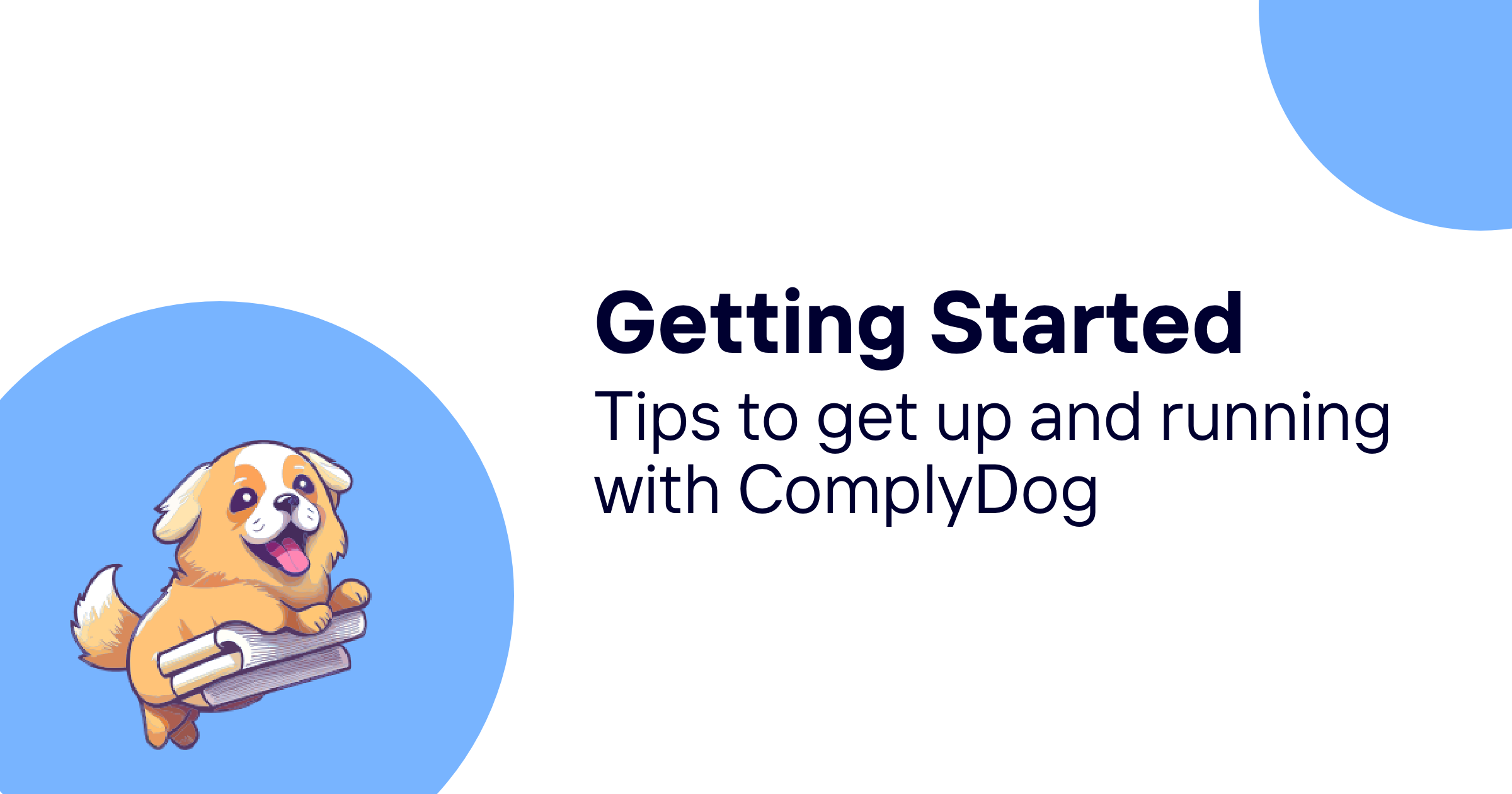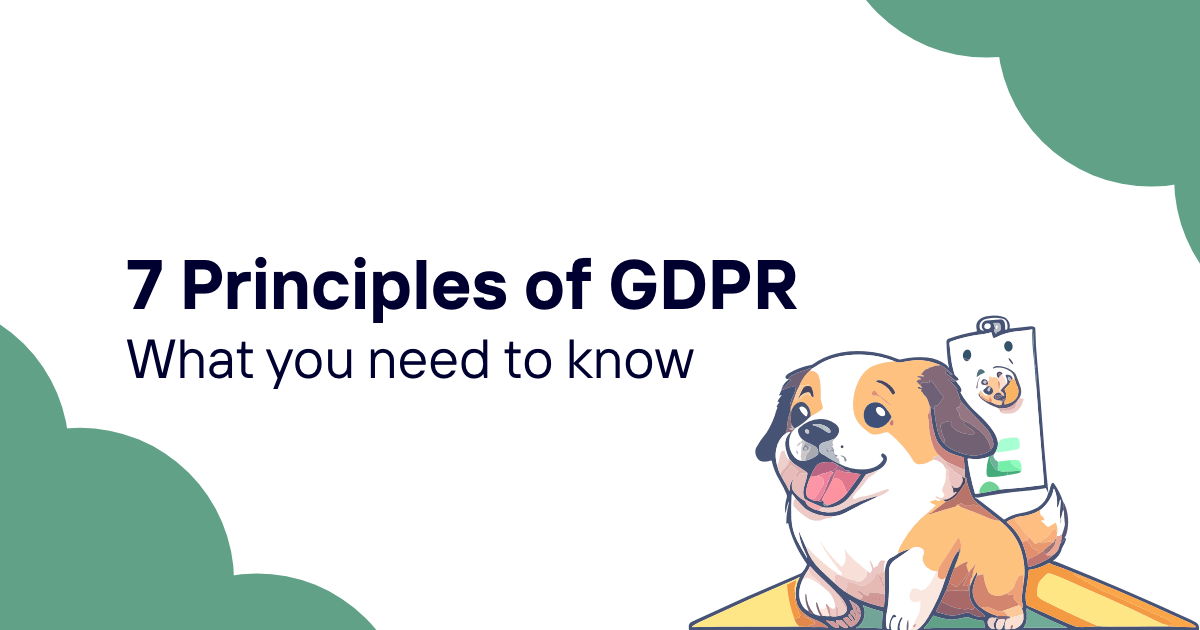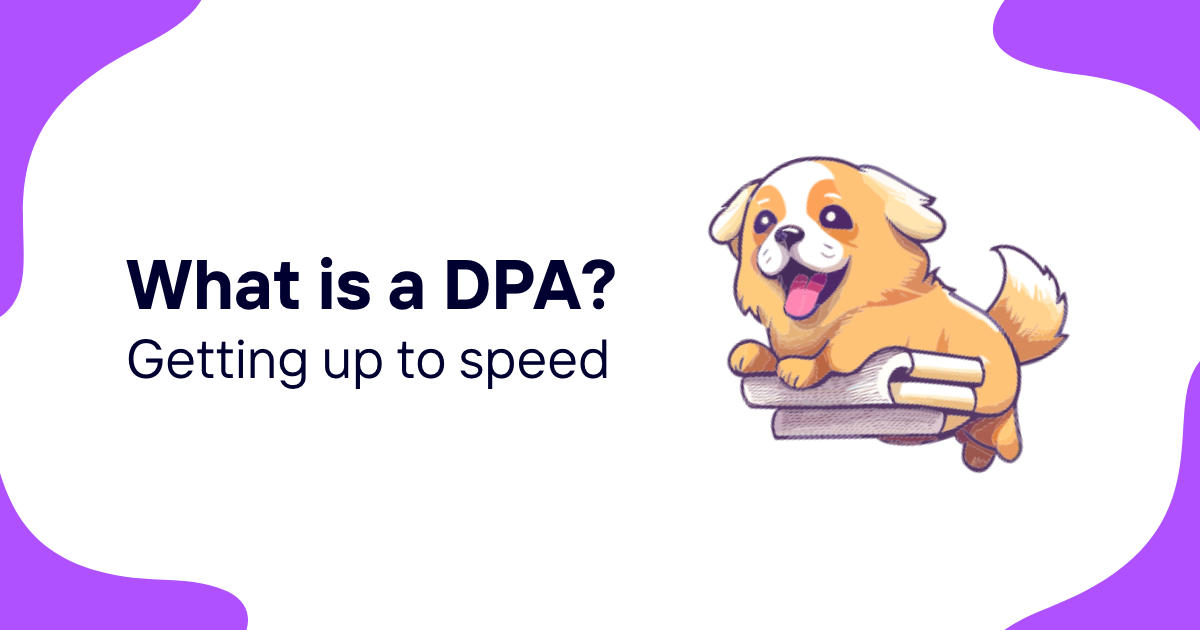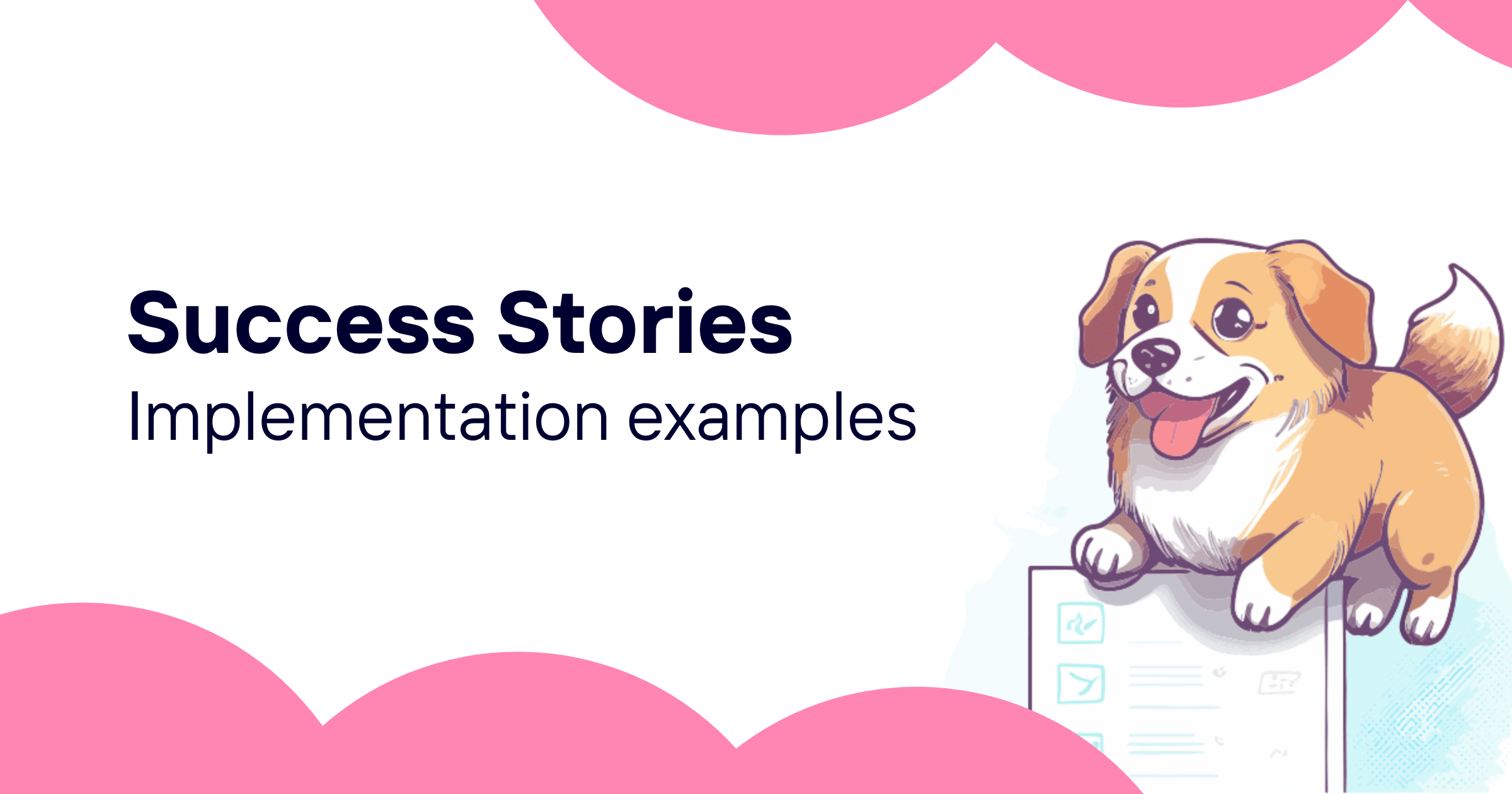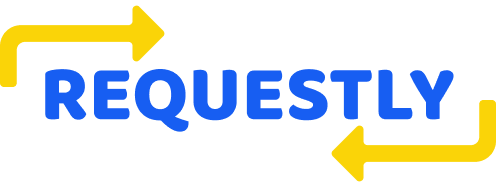Navigating the digital landscape can be tricky, especially when it comes to understanding how Software as a Service (SaaS) fits within GDPR regulations. If you're using or providing SaaS solutions, it's crucial to grasp the implications of GDPR to ensure compliance and protect your users' data.
With the increasing reliance on cloud-based software, the intersection of SaaS and GDPR has become a hot topic for businesses worldwide. Whether you're a startup or an established enterprise, knowing the ins and outs of GDPR compliance in relation to SaaS can save you from potential legal pitfalls and strengthen your reputation as a trustworthy service provider. Let's dive into what you need to know to navigate this complex terrain with confidence.
Understanding Software as a Service (SaaS)
When you're diving into the world of cloud computing, you'll find that Software as a Service, or SaaS, stands out as a pivotal model. It's a delivery mechanism that enables you to access software applications over the internet, eliminating the need for traditional installation and maintenance. This shift not only streamlines operations but also significantly cuts down costs associated with hardware and software management.
SaaS applications are hosted on remote servers, managed by the providers who ensure security, availability, and performance. This means you're not just buying a product; you're subscribing to a service that's continually updated and improved upon. Scalability is a hallmark of SaaS, allowing businesses of all sizes to adapt their toolsets as they grow without heavy upfront investments.
The appeal of SaaS lies in its flexibility and convenience. Whether you're using project management tools, CRM software, or analytics platforms, SaaS offers an array of solutions that fit seamlessly into your business processes. You're able to access your applications anytime, anywhere, as long as you have an internet connection. This accessibility promotes collaboration among team members who may be spread across different locations.
Moreover, SaaS models often come with customizable options, letting you tailor the software to your specific needs. Subscription-based pricing models provide further benefits, offering various tiers of service and features to match your budget and requirements.
As SaaS continues to evolve, it's becoming integral to how businesses operate in the digital age. By understanding its fundamentals, you're better equipped to leverage this technology to your advantage, ensuring your operations are as efficient and innovative as possible.
Overview of GDPR Regulations

When you're navigating the digital world, understanding the General Data Protection Regulation (GDPR) is crucial, especially if your business engages with SaaS platforms. Enacted in May 2018, GDPR represents a pivotal shift in how data privacy is approached across not only the European Union (EU) but also the global stage. At its core, GDPR aims to give individuals more control over their personal data, compelling businesses to be transparent about how they collect, use, and share this data.
For businesses, this means implementing stringent data protection measures, ensuring data privacy by design and by default, and obtaining clear consent from individuals before processing their data. It’s not just EU-based businesses that need to comply; if your business offers goods or services to EU citizens, or monitors their behavior, you're bound to the regulations outlined by GDPR, regardless of where your business is located.
Key Components of GDPR Include:
- Consent: Explicit permission from individuals for processing their personal data.
- Right to Access: Individuals can request access to their personal data and information on how it’s being used.
- Data Portability: The right for individuals to receive their personal data in a format that can be easily transferred to another service.
- Breach Notification: Mandatory notification within 72 hours of first becoming aware of a data breach.
SaaS providers and users must ensure that the software they use or provide is compliant with GDPR standards. This often means revising privacy policies, implementing more secure data processing practices, and potentially restructuring how data is stored and accessed. For businesses, especially those utilizing SaaS applications, aligning with a GDPR-compliant provider is not only critical for legal reasons but also serves to bolster the trust of your customers and partners in your commitment to data privacy.
Importance of GDPR Compliance for SaaS Providers

When diving into the realm of SaaS, understanding the General Data Protection Regulation (GDPR) is not just beneficial; it's crucial. As a SaaS provider, your platform often handles vast amounts of personal data, making GDPR compliance a key factor in your operations. This regulation enforces stringent data privacy standards, compelling you to safeguard user data meticulously.
First and foremost, GDPR compliance boosts your credibility. In an era where data breaches are all too common, proving to your customers that their data is secure with you is invaluable. This trust is the bedrock of customer loyalty, an essential element for sustained growth in the competitive SaaS market.
Moreover, GDPR compliance isn't just about avoiding penalties, although the fines for non-compliance can be steep, reaching up to €20 million or 4% of the company's global annual turnover, whichever is higher. It's about implementing a culture of privacy that permeates every aspect of your organization. From development to customer service, a privacy-first approach ensures you meet regulatory requirements and exceed customer expectations.
Ensuring GDPR compliance requires a thorough understanding of where and how data is stored, processed, and used within your SaaS environment. This means:
- Conducting regular data audits
- Ensuring data encryption and secure data transfer protocols are in place
- Implementing strict access controls and data minimization principles
- Offering clear and concise user consent forms
Adapting to GDPR standards might initially seem like a daunting task. However, the long-term benefits, including enhanced customer trust, improved data management, and avoidance of hefty fines, make this endeavor well worth the effort. Transitioning into a GDPR-compliant operation not only aligns you with best practices for data protection but also sets a foundation for expanding your services into the European market with confidence.
Strategies for Ensuring GDPR Compliance in SaaS

Securing GDPR compliance as a SaaS provider may seem daunting, but it's utterly manageable with the right strategies in place. Your primary aim is to safeguard user data, thereby bolstering trust and ensuring your services remain competitive and in demand. Here's how to navigate the compliance landscape effectively.
Firstly, conduct thorough data audits. Understand where every piece of personal data comes from, how it's used, and where it's stored. This clarity is foundational for compliance. Moreover, it helps you identify unnecessary data collection, allowing you to streamline your processes.
Implementing robust encryption protocols is non-negotiable. Whether data is at rest or in transit, encryption ensures that unauthorized entities cannot decipher personal information. This not only protects user data but also significantly mitigates the risk of data breaches.
Enforce strict access controls. Not everyone within your organization needs access to all data. By restricting access based on roles, you minimize the risk of internal breaches. Regularly review who has access to what and adjust permissions as necessary.
Obtaining clear, informed consent from users is paramount. GDPR mandates that consent must be explicit and unambiguous. Ensure that your terms of service and privacy policies are not only compliant but clearly understood by users. Incorporate easy-to-use options for users to manage their consent and personal data.
Finally, stay informed about the latest regulations and adjust your strategies accordingly. GDPR is evolving, and so should your approach to compliance. Regular training for your team on GDPR essentials and updates is a smart investment in your company's future and reputation.
By adopting these strategies, you're not just avoiding penalties; you're creating a safer, more transparent environment for your users.
Best Practices for Data Protection in SaaS

When navigating the complex landscape of GDPR in the Software as a Service (SaaS) industry, adopting best practices for data protection is crucial. This ensures not only compliance but also builds a foundation of trust with your users. Here are the key strategies you should implement.
Conduct Regular Data Audits: You must regularly review and inventory the personal data you collect and process. Understanding where data comes from and how it moves through your systems enables you to identify and mitigate any risks associated with data processing.
Implement Strong Encryption Protocols: Data encryption is a cornerstone of effective data protection. Ensure that both data at rest and in transit are encrypted using strong, up-to-date encryption standards. This helps prevent unauthorized access and ensures that your user's data remains confidential.
Enforce Strict Access Controls: Limit access to personal data to only those who need it for their job function. Use roles and privileges to manage access and consider implementing multi-factor authentication (MFA) for an additional layer of security.
Obtain Clear and Informed User Consent: Make sure that your process for collecting user consent is clear, transparent, and adheres to GDPR requirements. User consent should be obtained through an affirmative action, indicating that they agree to the processing of their personal data.
Stay Informed about Evolving Regulations: GDPR is not static, and regulations can evolve. Staying informed about updates and changes is critical to maintaining compliance. Subscribe to regulatory news, participate in industry forums, and consult with legal professionals to ensure your practices remain up-to-date.
By following these best practices, you'll not only align with GDPR regulations but also demonstrate your commitment to protecting your users' data. This level of diligence and transparency is invaluable in cultivating trust and loyalty among your customer base.
Conclusion
Embracing GDPR compliance isn't just about adhering to regulations; it's about valuing your users' privacy and security. By implementing the best practices outlined, you're not only aligning with legal requirements but also enhancing your reputation in the competitive SaaS market. Regular data audits, strong encryption, strict access controls, clear user consent, and staying on top of regulatory changes are key to building a trustworthy relationship with your customers. Remember, in the digital age, trust is your most valuable asset. Let's make data protection a cornerstone of your business strategy and lead the way in fostering a safer, more transparent SaaS ecosystem.

